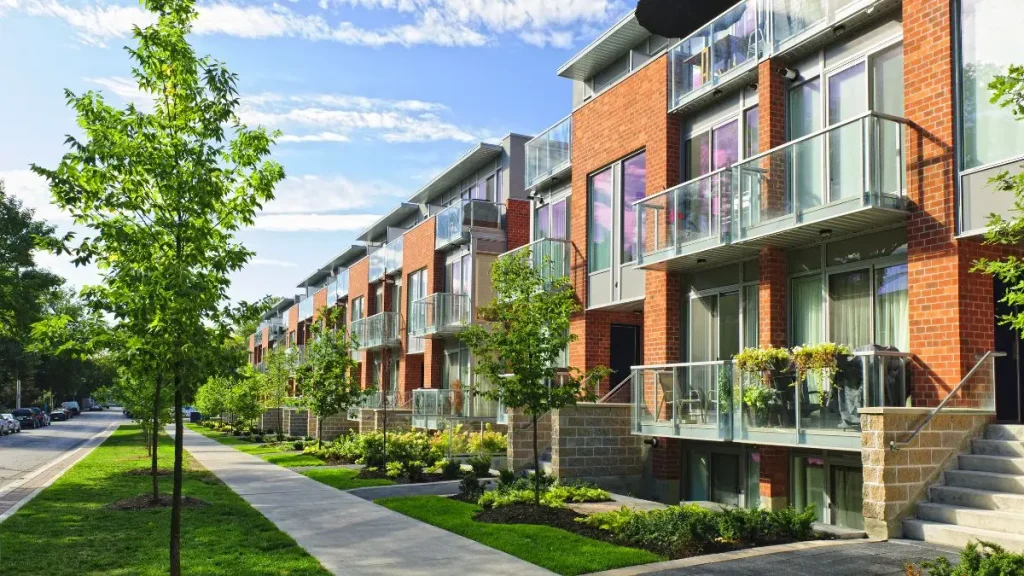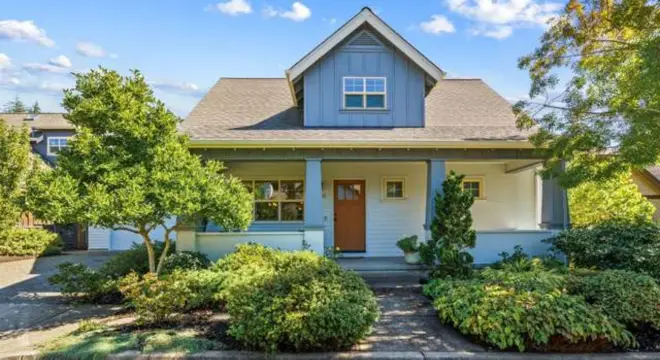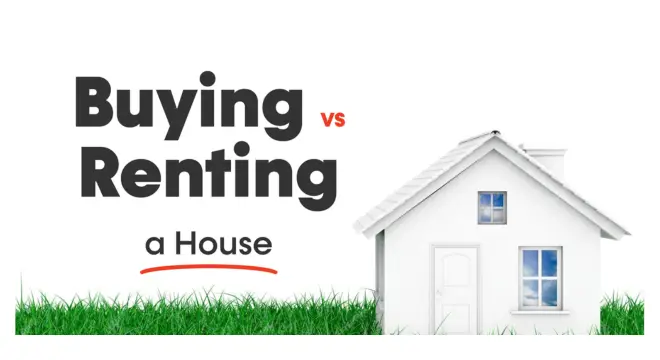This California Town Named Most Expensive Rental Market for 3rd Year Straight
I wish I could say this was good news — but it’s not.
Renting a modest two-bedroom apartment in Santa Cruz, California now requires more than $168,000 a year. That’s not to buy. That’s just to rent. For the third year in a row, this beachside town has taken the top spot as the most unaffordable rental market in the country.
Think about that for a second. You’d need to earn at least $81.21 an hour just to stay under the recommended rent-to-income ratio. That’s almost five full-time minimum wage jobs in California. And the average renter in Santa Cruz? They make about $22 an hour. The math doesn’t add up — and honestly, it hasn’t for years.
But this year, something feels different. The jump from 2023’s $63/hour wage requirement to today’s $81/hour isn’t just steep — it’s a 30% leap. And it’s pushing people to the edge.
“This is a No. 1 we don’t want to be,” said Elaine Johnson of Housing Santa Cruz County. I couldn’t agree more.
Santa Cruz: Where You Need Over $168K Just to Rent a Two-Bedroom
Let me give it to you straight — if you’re hoping to live in Santa Cruz, be prepared to earn at least $168,920 a year. That’s how much you’d need to afford a basic two-bedroom rental without crossing the 30% income-to-rent threshold.
That number comes directly from the 2025 Out of Reach report by the National Low Income Housing Coalition — and it’s not just a fluke. According to Fox Business, the hourly wage needed to afford such a rental has soared to $81.21 in 2025. Back in 2023, it was $63.33. That’s a 30% jump in just two years. Insane, right?
Now compare that to what the average renter actually earns in Santa Cruz — just $22.13/hour. That’s not even a third of what’s needed. At that wage, you’d need to work 3.7 full-time jobs to make it work.
I don’t know about you, but when a town demands the income of a tech VP just to afford an average apartment, something is deeply broken.
What It Really Takes to Survive Renting in Santa Cruz?

Let’s say you’re earning minimum wage in California — $16.50/hour. Think you can pull off a rental here? Not even close.
At that rate, you’d need to clock in over 120 hours a week just to cover rent on a modest two-bedroom. That’s nearly five full-time jobs, and guess what? That still wouldn’t leave anything for food, transport, or, you know, living.
And it’s not just Santa Cruz. According to the NLIHC, there’s no metro area in the entire United States — not even in rural states — where a full-time minimum-wage worker can afford a modest two-bedroom rental.
I’m telling you this because if you’ve ever felt like the system is working against you, you’re not imagining things. This is what housing inequality looks like on paper — and in real life.
Is rent in your city just as unaffordable? I’d love to hear from you — drop your city and rent struggles in the comments. Let’s map out where renters are being squeezed the hardest.
Why Santa Cruz Rents Are So Out of Control?
You and I both know rent doesn’t just skyrocket on its own — there are deeper reasons. And when you peel back the layers in Santa Cruz, the story gets even more frustrating.
One major factor is student housing pressure. The University of California, Santa Cruz (UCSC) keeps growing its student body, but isn’t building enough dorms to match. So what happens? Thousands of students flood the private rental market, landlords jack up rents, and long-time residents get priced out.
And it’s not just speculation — Economic Times recently reported that UCSC’s expansion has become a key stress point in the city’s housing crisis.
Even Mike Lelieur, chair of the Santa Cruz County Republican Party, called out the issue in a recent interview. He said, “Students flood the local market and landlords jack up rents — because mom and dad are paying the bill.”
When landlords know there’s always someone willing (or forced) to pay more, it’s the average renter who suffers. And that includes you and me.
This housing pressure isn’t just a local issue — it’s playing out in towns across the U.S. I’ve seen some sharp takes and community insights on WhatsApp lately where renters and investors are sharing what’s really happening behind the headlines. Worth keeping an eye on if you’re tracking the market pulse.
The Policies Making It Worse — And Why It Feels Like a Setup
Look, it’s easy to blame landlords or universities alone. But the rabbit hole goes deeper — into the very laws meant to “protect” the environment and communities.
Take CEQA, the California Environmental Quality Act. It was created with good intentions — to protect nature and slow reckless development. But in practice, it’s become a bureaucratic nightmare.
Developers face endless permit delays, coastal reviews, and zoning restrictions that make building affordable housing practically impossible unless you’re backed by a major corporation.
In fact, Dr. Wayne Winegarden, a senior fellow at the Pacific Research Institute, explained it perfectly:
“CEQA and restrictive zoning regulations are key contributors to California’s housing shortage. Prevailing wage mandates and environmental regulations further inflate housing costs.”
I’ve seen these projects get stuck in red tape for years. And you probably have too — that fenced lot in your town that’s “under review” for the third time? Yeah, that.
It’s no wonder rent keeps rising when supply is frozen by design.
Interestingly, one-third of top U.S. housing markets have already started seeing year-over-year price drops — and that could shift the rental map dramatically in the coming year.
California Dominates the Top 10 Rental Markets—But Why?
I wish I could say this problem was limited to Santa Cruz. But if you zoom out, it gets even more intense.
According to the Out of Reach report, California is home to 8 of the 10 most unaffordable rental markets in the U.S. We’re talking about cities like San Jose, San Francisco, Salinas, Santa Barbara — the entire coast is feeling the heat.
What does that mean for you?
Even if you wanted to leave Santa Cruz, most nearby towns are in the same sinking boat. In fact, the statewide average housing wage for a modest two-bedroom is now nearly $50/hour — and that’s still out of reach for many working professionals.
So whether you’re a nurse in San Jose, a teacher in Santa Barbara, or a barista in Santa Cruz… the rent pressure is relentless.
We’re living in a time where geography alone isn’t a solution anymore.
In fact, while some cities are seeing price plateaus, these U.S. housing markets have reported the slowest activity this year — suggesting cracks in high-demand zones.
What You, Investors, and Lawmakers Can Actually Do Next?

When I see numbers like these, it’s tempting to feel helpless. But there are moves you and others can make — depending on who you are.
For You — the Everyday Renter
You’re probably already making sacrifices. But here’s what some renters are doing right now:
- Moving inland to more affordable cities like Fresno or Riverside
- Co-living or roommate models to cut costs
- Exploring remote job roles in lower-cost markets while working for higher-wage employers
If you’re stuck, know you’re not alone — but don’t wait for policy to fix everything. Start building your options now.
For Investors
Believe it or not, some markets in California still offer decent ROI — just not the ones grabbing headlines.
I’ve seen reports pointing to secondary cities like Bakersfield, Chico, and Modesto as smart plays.
They have lower entry costs and rising rental demand as people flee the coasts.
If you’re an investor trying to stay ahead of shifts, these 10 U.S. states with the most stable housing markets in 2025 might offer a safer path forward.
For Policymakers
I don’t have all the answers, but I do know this:
We need zoning reform, faster permitting, and fewer environmental blockades that stall workforce housing.
Let’s protect our coastlines — but not at the cost of basic human shelter.
The Final Truth
Let me be real with you — being called the “top U.S. rental town” isn’t something Santa Cruz should be proud of.
It’s a symptom of a system where housing has become a luxury instead of a human right. When a beach town built for community turns into a wage warzone, we all lose.
But I believe change starts with awareness. And that starts with people like you and me asking harder questions, sharing real data, and refusing to accept broken systems as “normal.”
Whether you’re a renter hanging on, a policymaker with power, or someone just trying to plan your next move — I hope this breakdown gave you clarity.
And hey — if you’re facing rental stress in your own city, drop it in the comments. I’m building a list of towns where rent has gone off the rails — maybe yours is next.
Want more data-driven stories like this? Visit Build Like New for the latest on U.S. housing trends, market slowdowns, and where things are heading next.
Disclaimer: All statistics and wage data in this article are based on the National Low Income Housing Coalition’s 2025 Out of Reach report and related public sources. Figures reflect estimates as of July 2025 and may vary slightly by local data updates. This content is for informational purposes only and not financial advice.


